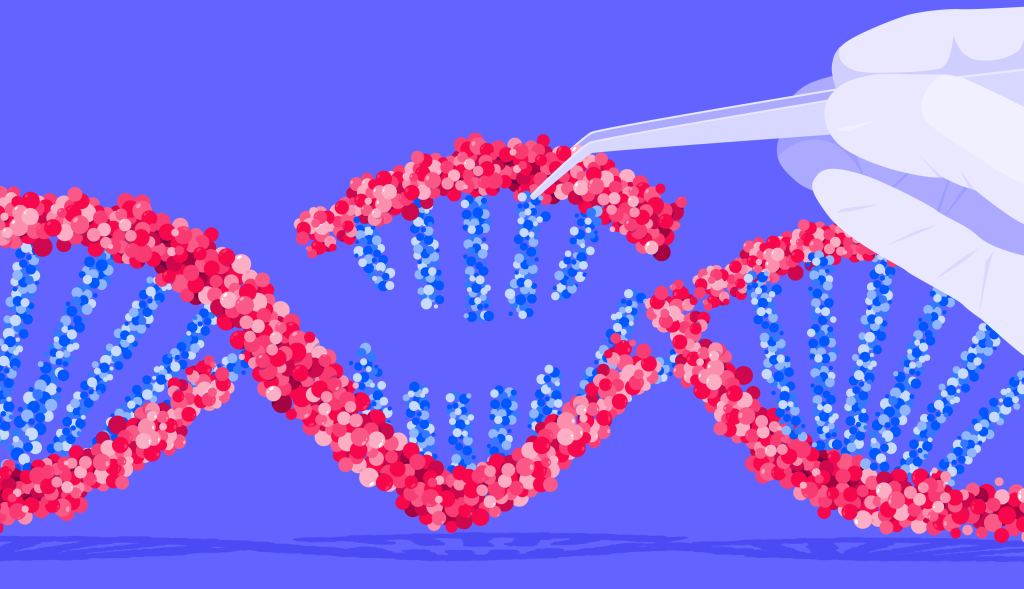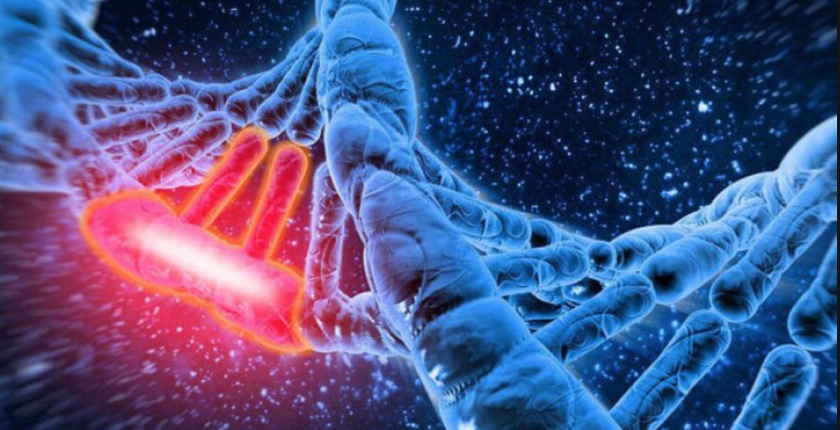The intricate code of life lies within the DNA, guiding the development, functioning, and diversity of every living organism. However, this molecular blueprint is not immune to errors. Mutations, alterations in the DNA sequence, can have a profound impact on an organism’s characteristics. Among these mutations, deletion mutations stand out as fascinating anomalies that can lead to significant biological consequences. In this article, we delve into the captivating world of deletion mutations, exploring their mechanisms, effects, and relevance in the realm of genetics.
Unveiling Deletion Mutations
Deletion mutations are precisely what their name implies—sections of DNA that are deleted or missing, resulting in a modified genetic code. Imagine a puzzle with a missing piece; deletion mutations are the genetic equivalent of such a puzzle. These mutations can occur spontaneously, induced by environmental factors, or be inherited from previous generations.
Mechanisms Behind Deletion Mutations
Deletion mutations can arise in several ways. One mechanism is known as a frameshift mutation, where the deletion alters the reading frame of the DNA sequence. This change causes a cascade of effects, as the genetic code is read in groups of three nucleotides, known as codons, which specify the building blocks of proteins. A frameshift mutation disrupts this codon reading frame, leading to the production of abnormal proteins or the complete loss of protein synthesis.

Another mechanism involves the recombination of DNA during cell division. Errors in this process can result in the accidental removal of DNA segments, leading to deletions. Additionally, environmental factors, such as exposure to certain chemicals or radiation, can induce DNA damage that may result in deletions. These mechanisms contribute to the formation of deletion mutations, introducing variation and diversity into the genetic landscape.
Consequences of Deletion Mutations
Deletion mutations can have profound effects on an organism’s phenotype, the observable traits determined by its genetic makeup. The impact of a deletion mutation largely depends on its size and location within the genome. Large-scale deletions can encompass multiple genes or regulatory regions, disrupting essential biological processes and leading to severe developmental disorders or diseases.
In some cases, deletion mutations can eliminate a gene entirely, resulting in the loss of a particular protein’s function. This loss may lead to altered physiological processes or increased susceptibility to certain conditions. Conversely, smaller deletions within non-coding regions of the genome may have milder effects, potentially altering the regulation of gene expression or affecting non-coding RNA molecules.
Deletion Mutations and Human Health
Deletion mutations have garnered considerable attention in the field of human genetics. They are associated with numerous genetic disorders and diseases. For example, Duchenne muscular dystrophy, a debilitating muscle-wasting disease, is caused by a deletion mutation in the DMD gene. Cystic fibrosis, a life-limiting respiratory condition, is also linked to a deletion mutation in the CFTR gene.

Understanding deletion mutations and their impact on human health is crucial for medical research and the development of potential treatments. Techniques such as gene editing, including CRISPR-Cas9, hold promise for correcting specific deletion mutations and restoring the normal functioning of affected genes.
In conclusion, deletion mutations represent a captivating aspect of genetics, revealing the intricacies of the DNA code and its susceptibility to modification. These mutations can arise through various mechanisms and have diverse consequences, ranging from minor alterations in gene regulation to severe genetic disorders. Exploring and comprehending deletion mutations not only broadens our understanding of the genetic landscape but also offers valuable insights into the complexity of life itself.

